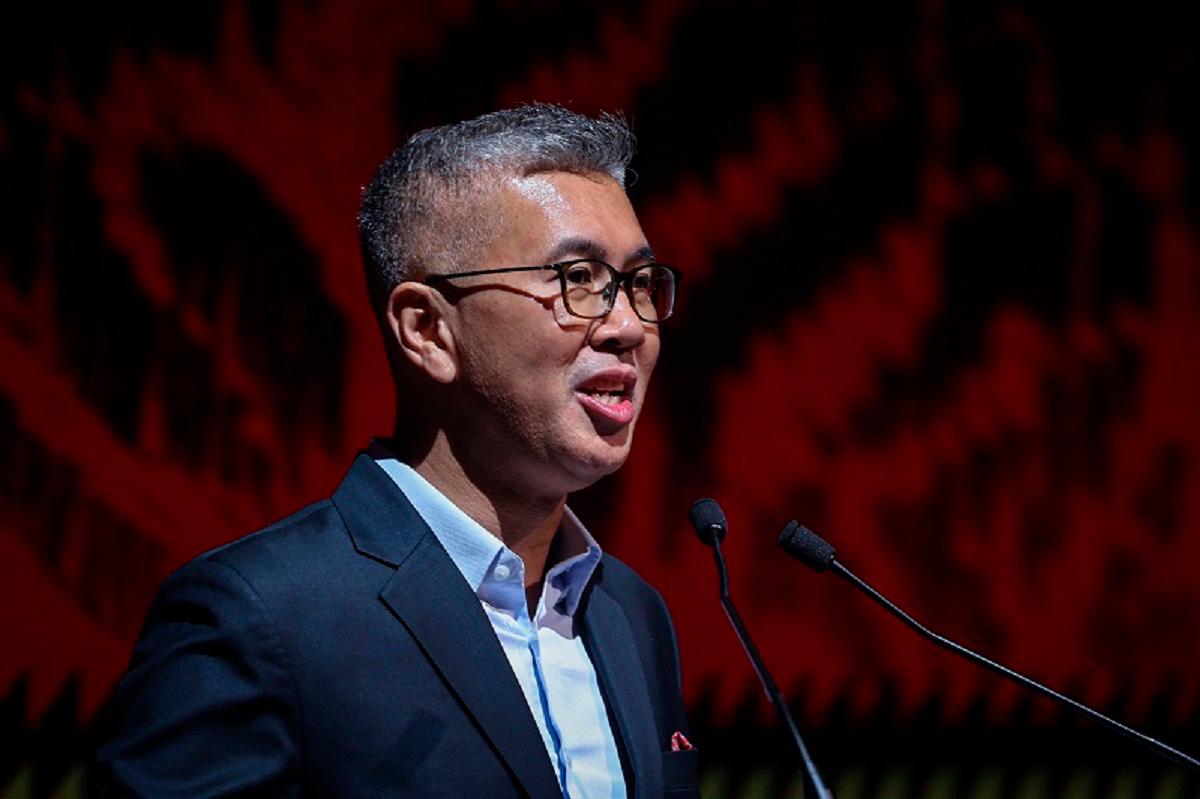KUALA LUMPUR: ASEAN could generate an additional US$300 billion annually in green revenues and unlock up to US$1.5 trillion in new value by 2030 with advancing green investments and cross-border collaboration in regional power grids, carbon markets, and clean energy incentives (US$1=RM4.23).
Investment, Trade and Industry Minister Tengku Datuk Seri Zafrul Aziz said Malaysia’s green investment strategy has delivered close to 1,000 approved projects in 2024, channelling RM20.8 billion into the economy and creating thousands of future-ready jobs.
“We are pushing for key frameworks and regulatory provisions to put our green ambition into action.
“These include the ASEAN Taxonomy for Sustainable Finance, Sustainable Investment Guidelines, and the Greening Value Chain Playbook,“ he said in his keynote address at the ASEAN Business Forum 2025 here today.
His speech was delivered by Malaysian Investment Development Authority (MIDA) chief executive officer Sikh Shamsul Ibrahim Sikh Abdul Majid.
Tengku Zafrul said there is also the ASEAN strategy for carbon neutrality, with initiatives such as harmonising carbon markets and measurement standards; advancing carbon capture, utilisation, and storage (CCS/CCUS) technologies; and creating a just transition framework for workers and communities.
He said this facilitates the corporate sector’s pivot toward sustainable, climate-friendly growth.
“Perhaps, the most transformative is the ASEAN power grid (APG). With 18 cross-border power projects in the pipeline and over 60 renewable energy sites identified, the APG stands as a flagship for ASEAN’s sustainable energy transition,“ he said.
Quoting studies, he said the APG could add up to US$3 trillion in gross domestic product (GDP) value by 2050 and create 1.45 million jobs regionally.
The APG’s success would rely on strategic funding from banks like the Asian Development Bank (ADB) and the World Bank, ensuring ASEAN centrality and regional autonomy.
Aside from that, Tengku Zafrul said the ASEAN Digital Economy Framework Agreement (DEFA), now in advanced negotiations, aims to double ASEAN’s digital economy to US$2 trillion by 2030, connecting ecommerce, financial technology (fintech), digital finance, and artificial intelligence (AI)-enabled solutions across borders.
In 2024, he noted that ASEAN’s digital sector saw profits triple to US$11 billion and attracted over US$30 billion in new data centre investments.
“This surge is being fuelled by our youthful population, rapid urbanisation, and robust public-private partnerships.
“For example, unlocking the potential of our 334 million women, roughly half of ASEAN’s population, could add up to US$2.3 trillion to regional GDP,“ he added.









